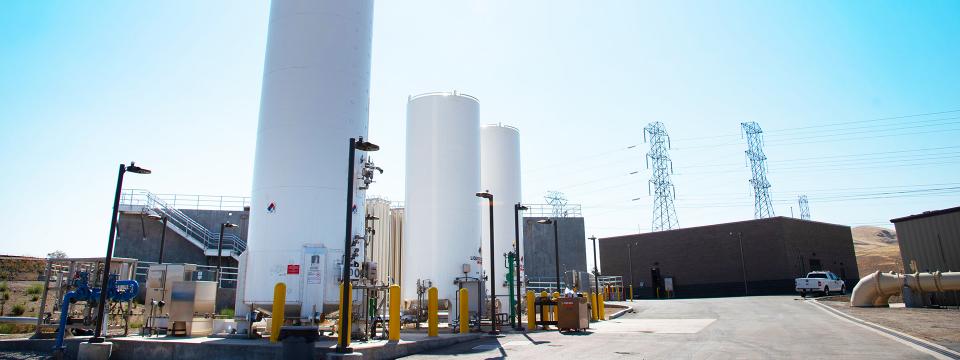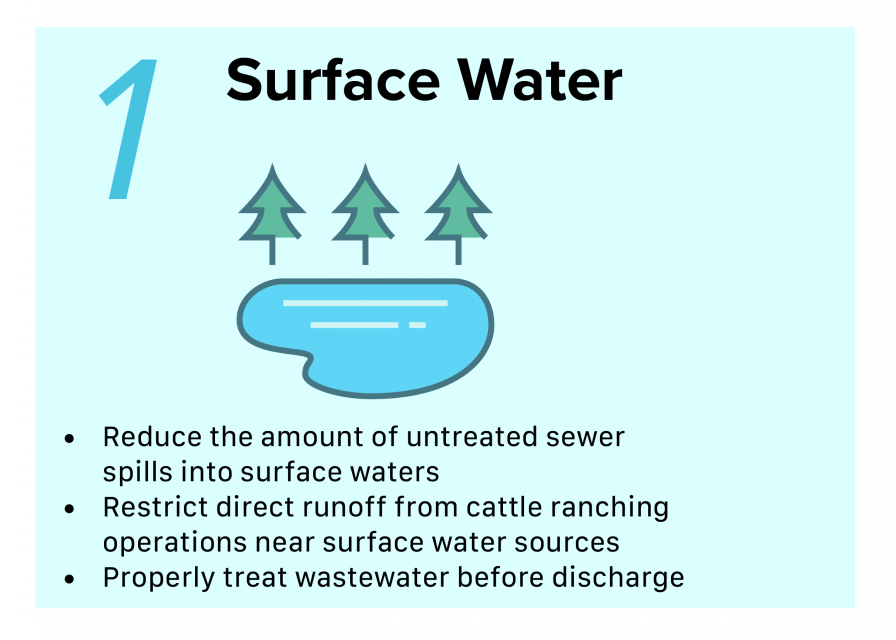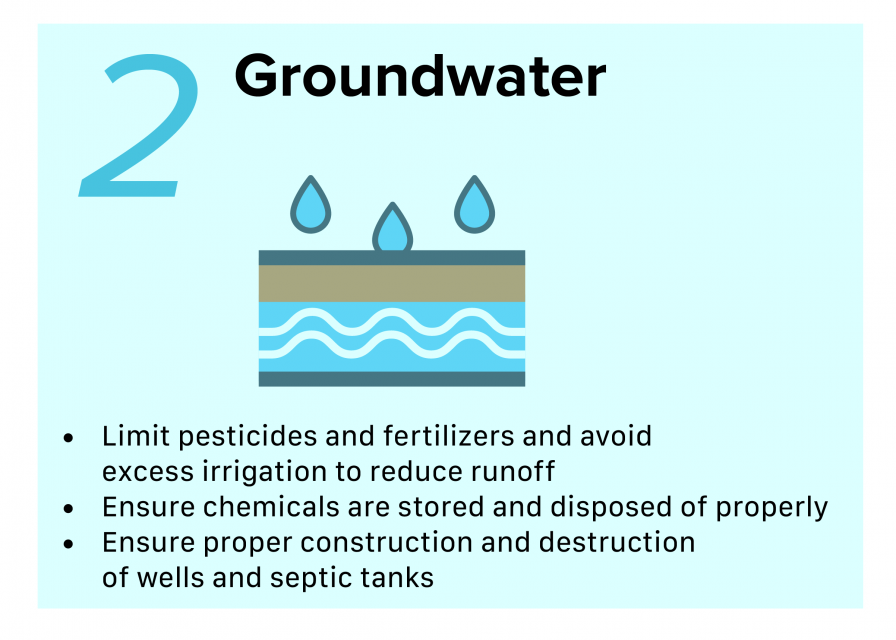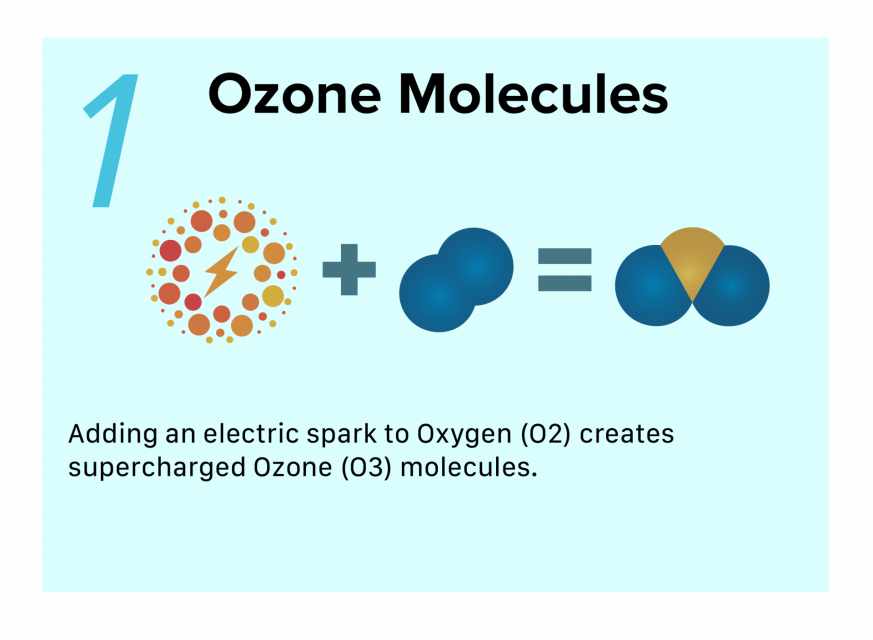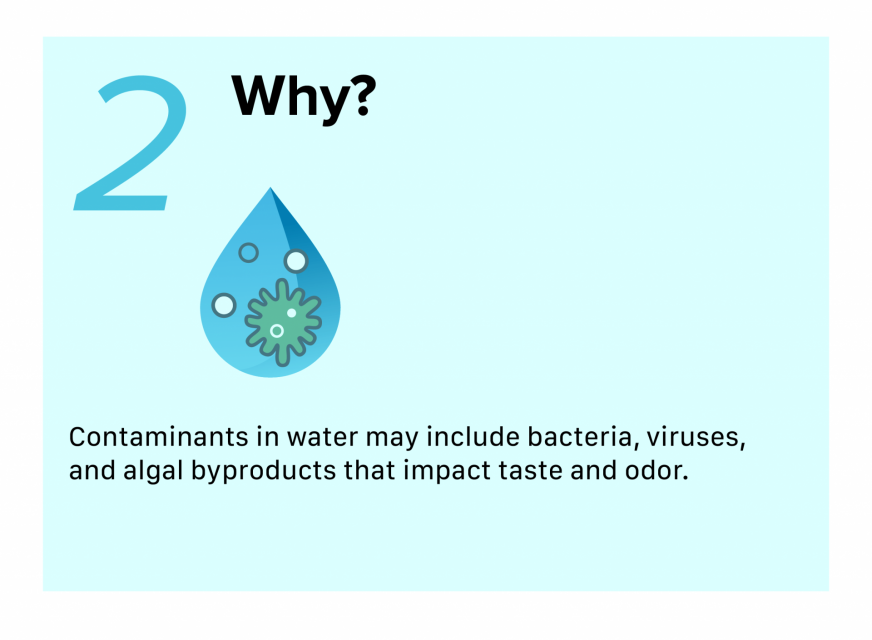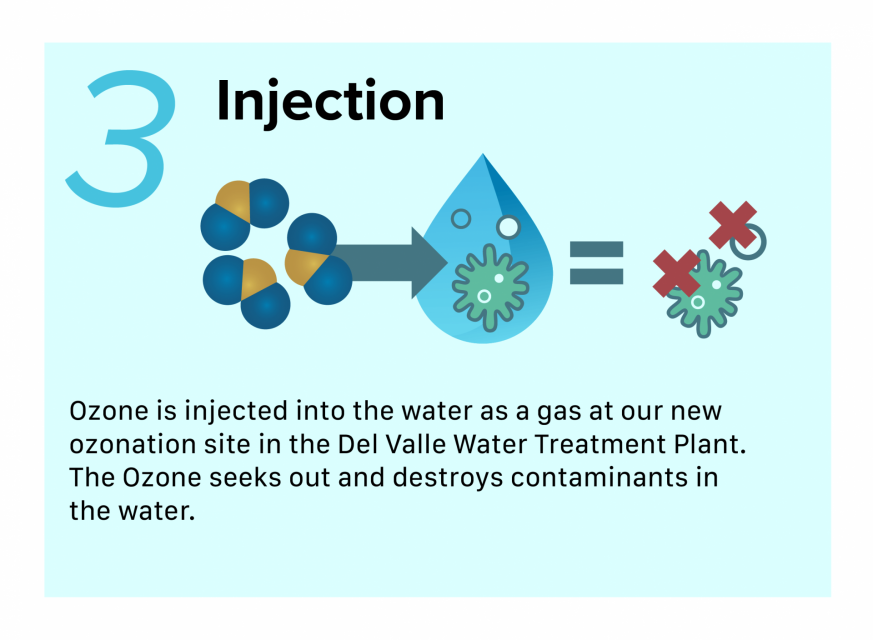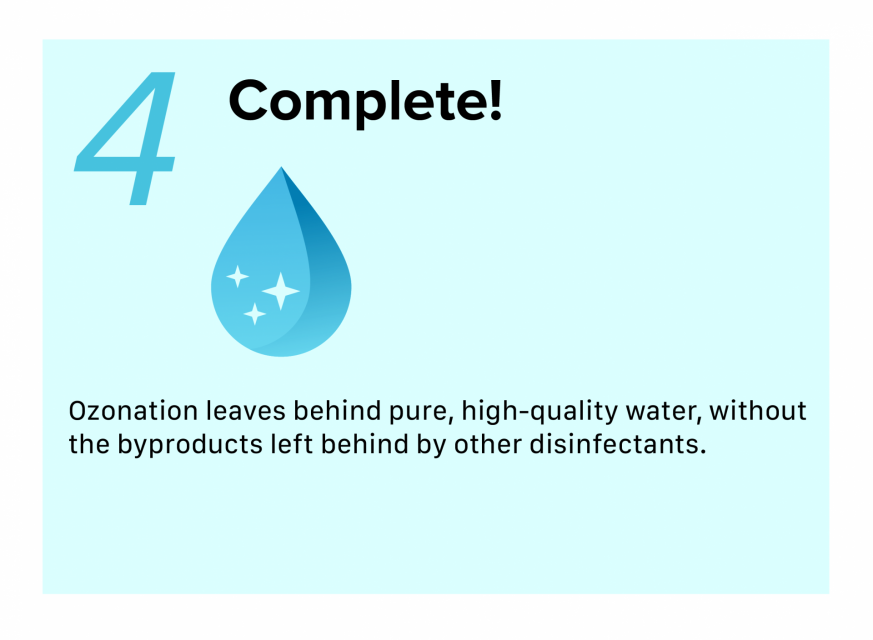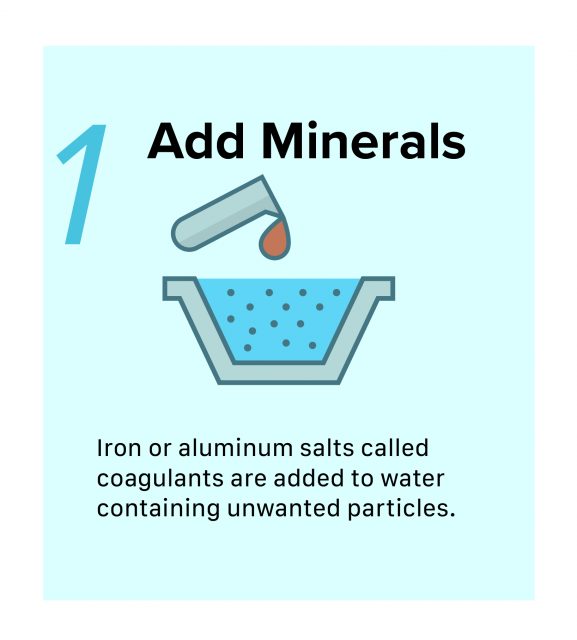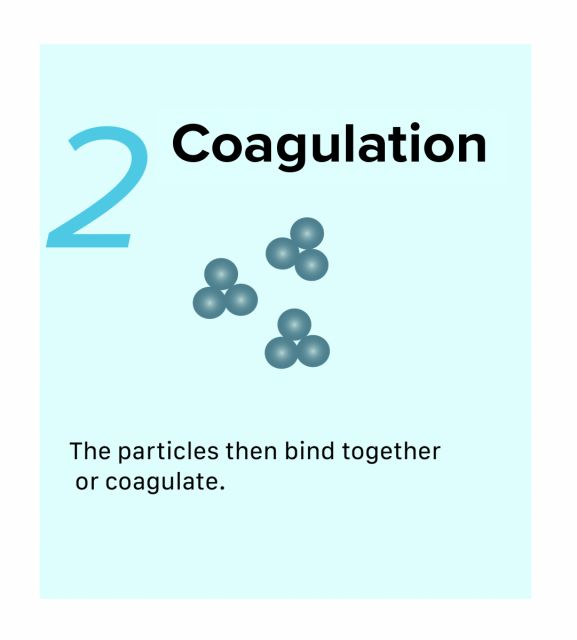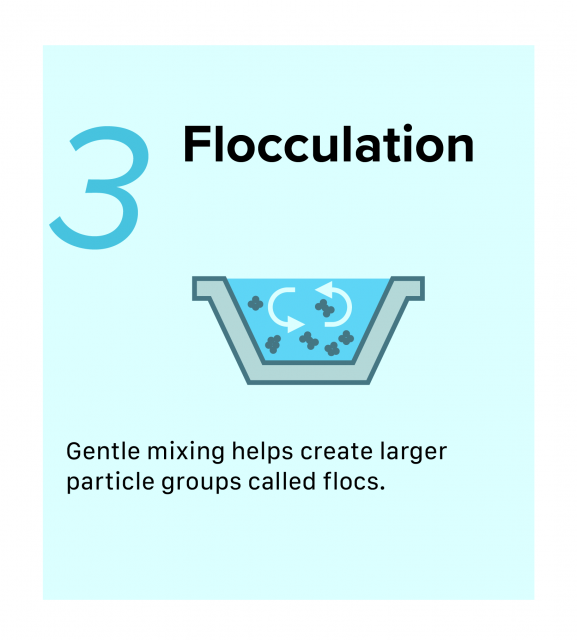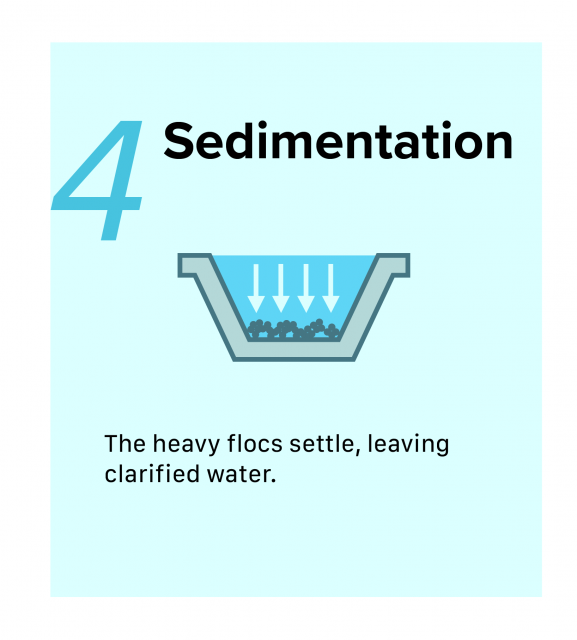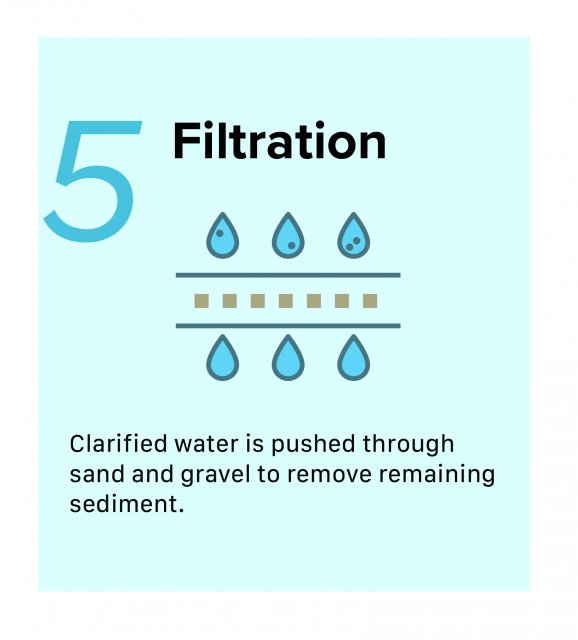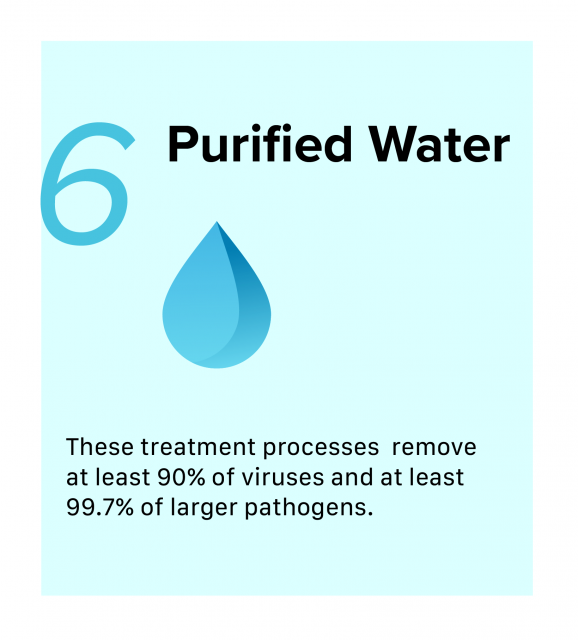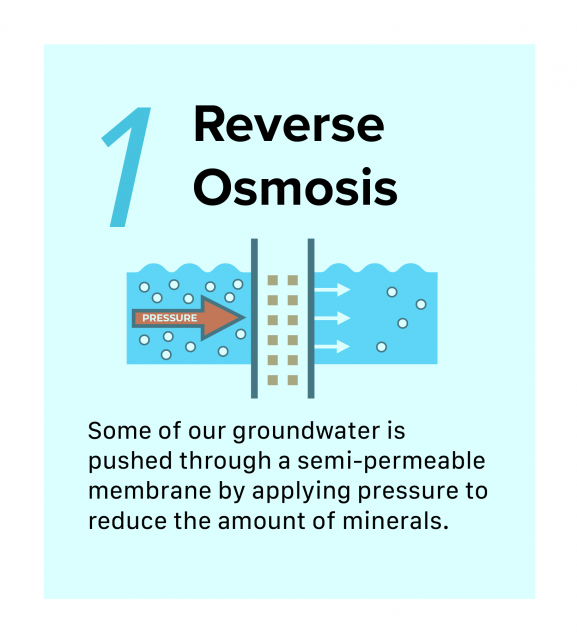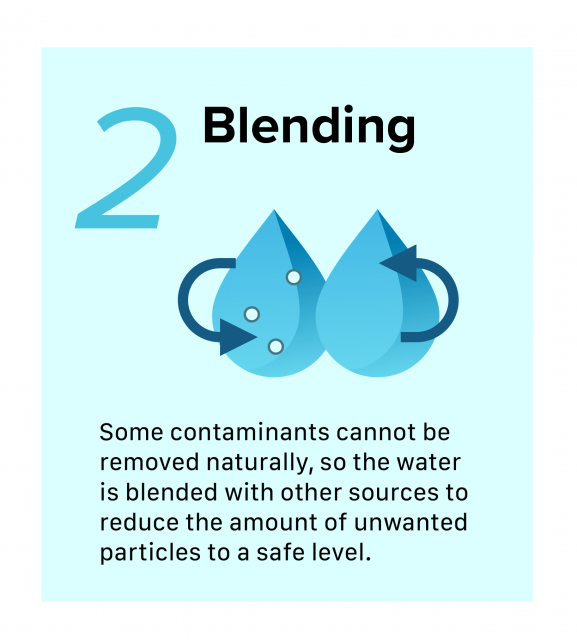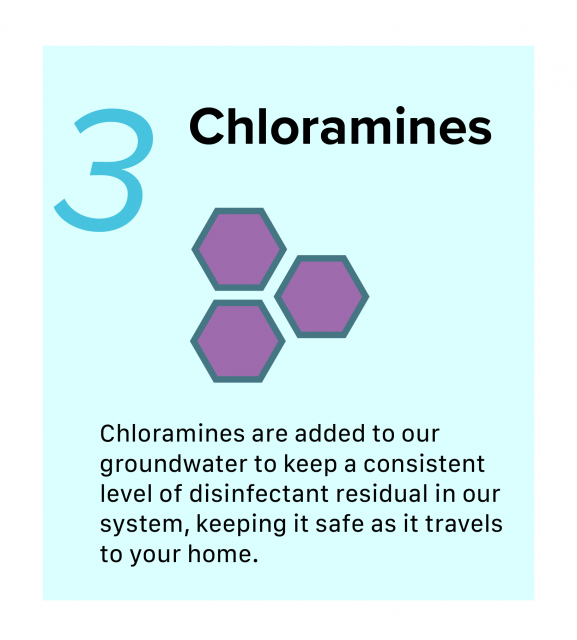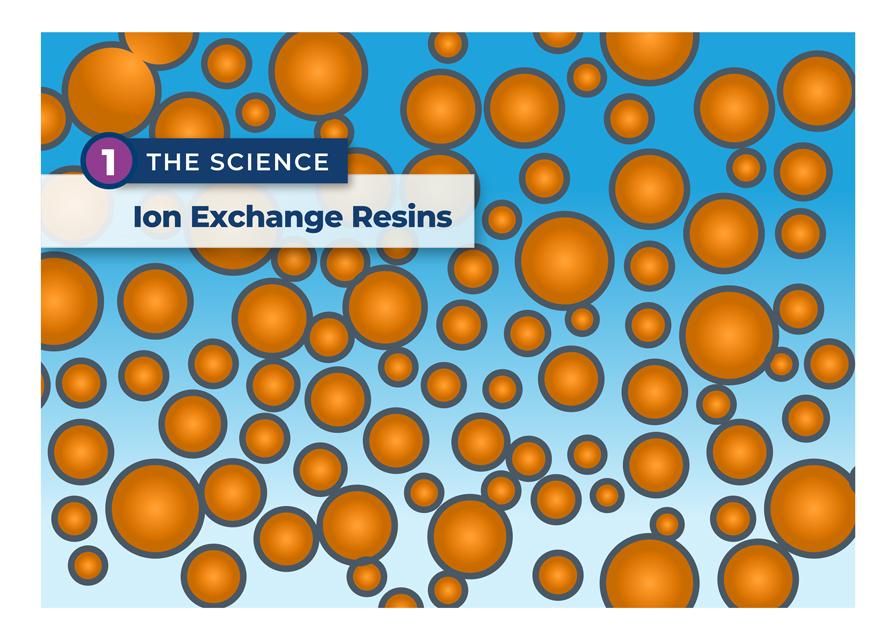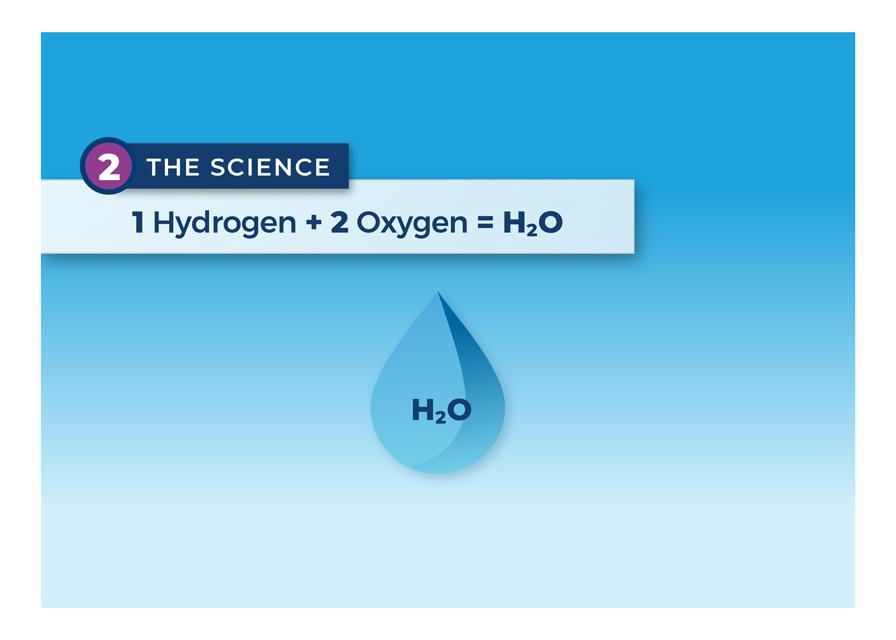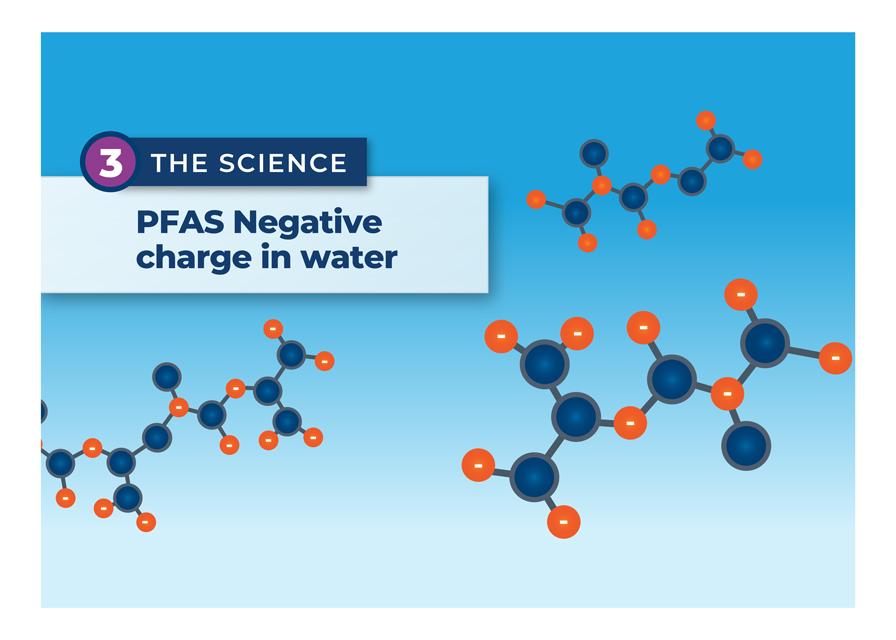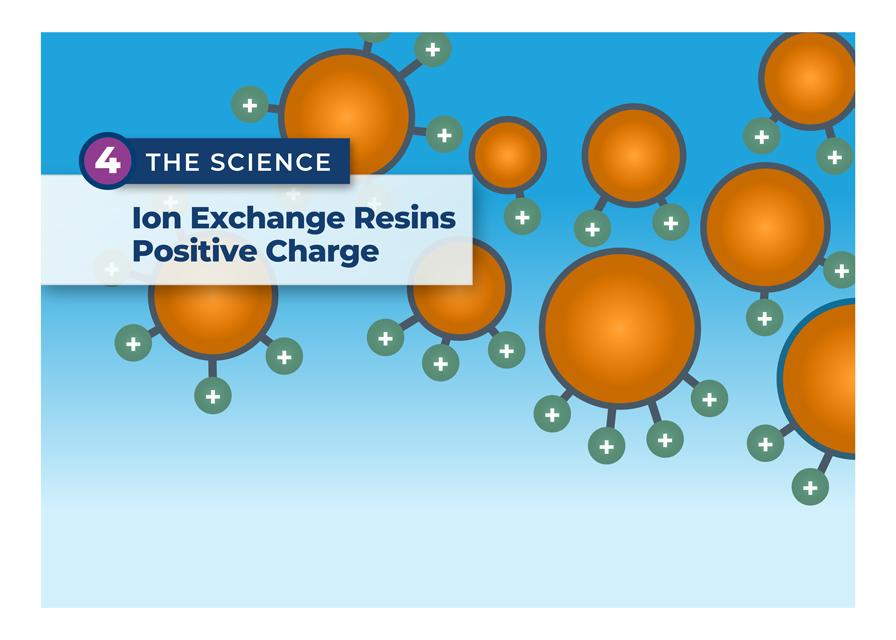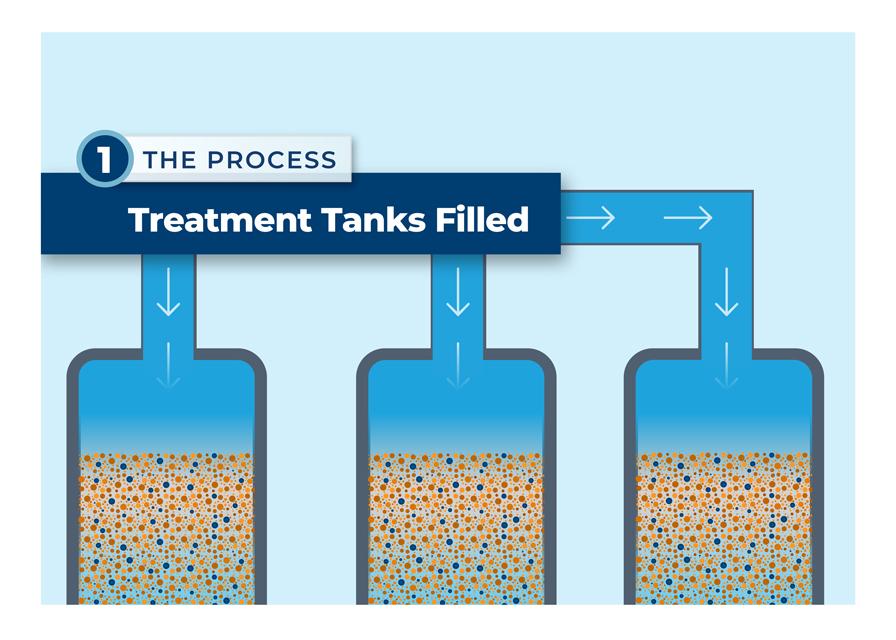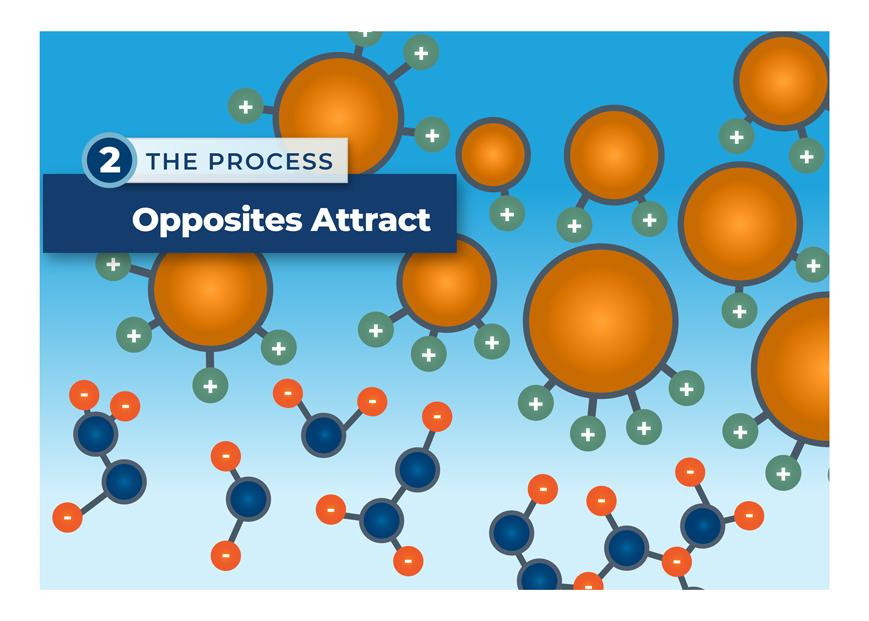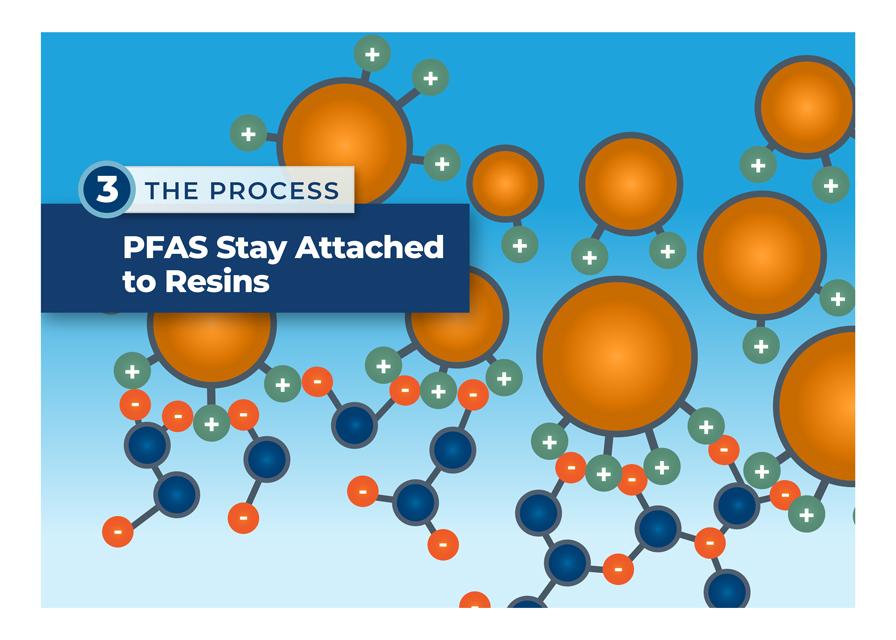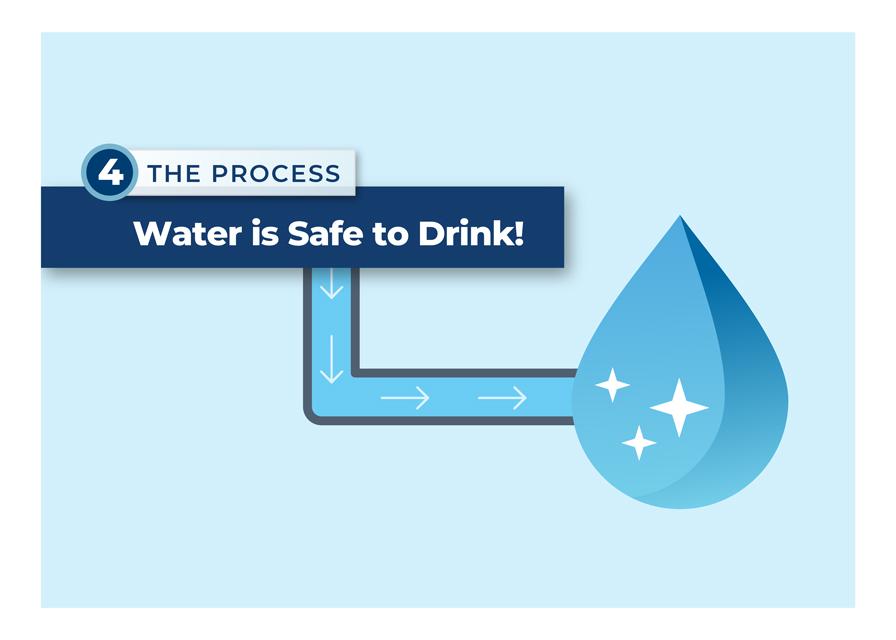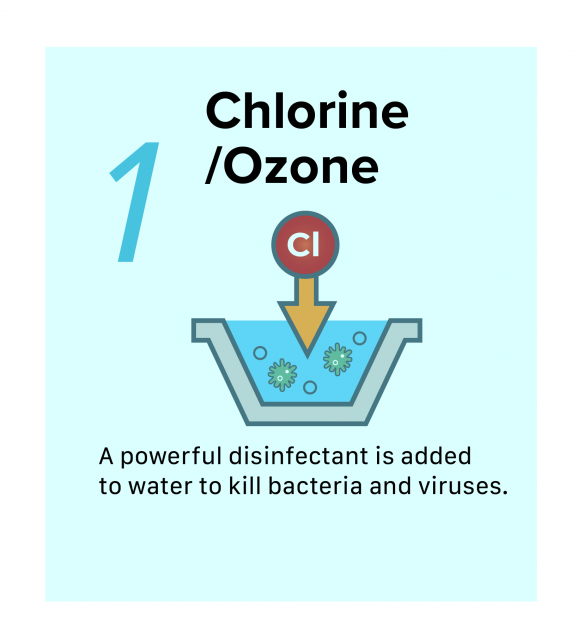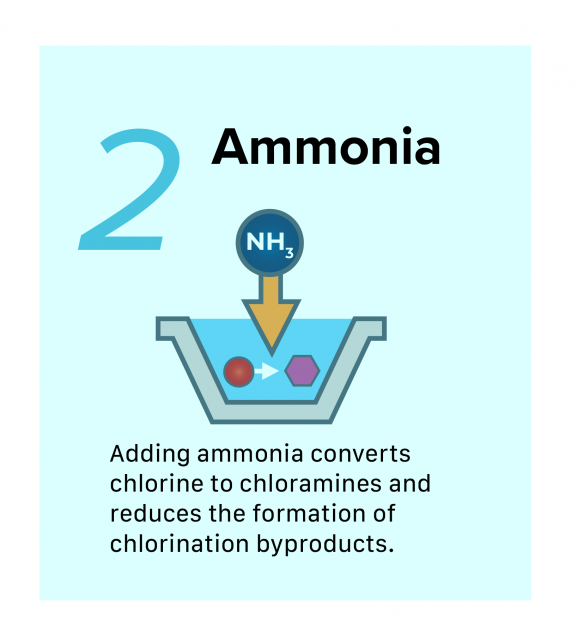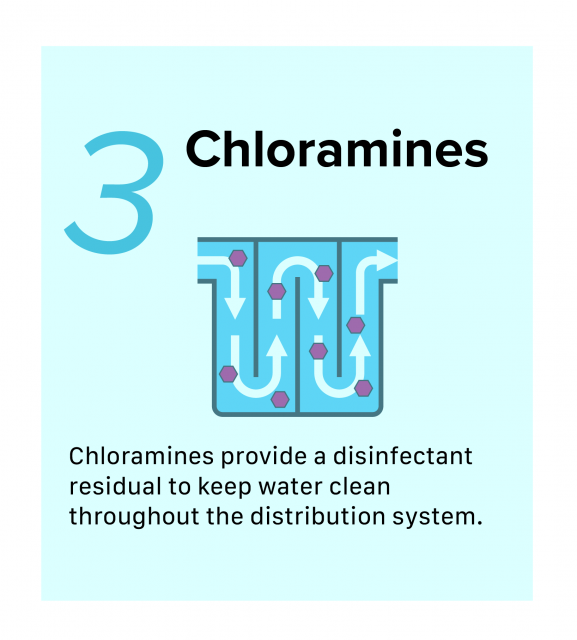Dive into the Wondrous World of Water
The world of water quality is often filled with complex terms and scientific language – from parts per trillion to turbidity. Luckily the technicians at Zone 7’s state-of-the-art lab conduct the science to ensure customers have safe and clean water. In order to provide full transparency, the Wondrous World of Water campaign helps answer the question, “what in the world does all this mean?”
Learn all about how water treatment works, the difference between ozone disinfection and chlorine disinfection, and how groundwater is treated differently than surface water through these animated videos, GIFs and infographics.
Where in the world do we start?
The world of water treatment is complex! There is a great deal of work that goes into preparing the water that originates as rain, snowmelt or from underground aquifers to meet the Zone 7 water quality goals before it can be delivered to homes and businesses.
Our water treatment process is carefully designed and managed to take water from different sources through multiple treatment steps before it reaches you. Thanks to best-in-class systems and a highly skilled team of experts, customers can be confident in drinking Zone 7 water straight from the tap.
Zone 7 Water Agency applies a multi-barrier approach from source to tap to safeguard water supplies and achieve high quality drinking water.
Our approach to water treatment includes the following multi-step process:

